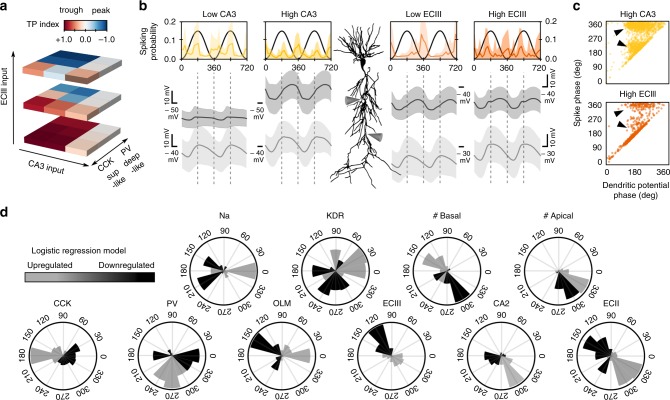Fig. 4. Effect of glutamatergic input pathways.
a Effect of CA3 and ECIII input pathways on phase preference of synthetic cells across the PV/CCK axis. b Mean phase-locked firing histograms and membrane potential dynamics at the proximal and apical dendritic trunk from all synthetic cells examined under low and high levels of activity of the CA3 (yellow) and ECIII inputs (orange). Data from 48 synthetic cells in each condition (1000 theta cycles each). c Relationship between the firing phase and the phase of the maximal dendritic depolarization measured at the proximal apical trunk. Each dot represents data from one spike from 48 synthetic cells in the high CA3 and high ECIII conditions. Arrowheads indicate uncorrelated phase-locking dynamics between firing and dendritic potentials. Bimodality was stronger during higher CA3 inputs. Data from 1000 theta cycles in each condition. d Results of a multinomial logistic regression model suggest phase-specific contribution of different individual factors. Black, upregulation. Gray, downregulation. Data from 731 heterogeneous synthetic cells and >300,000 theta cycles. See Supplementary Fig. 7.

